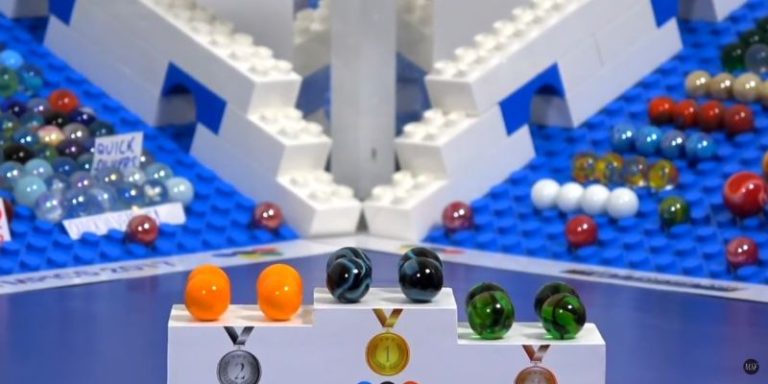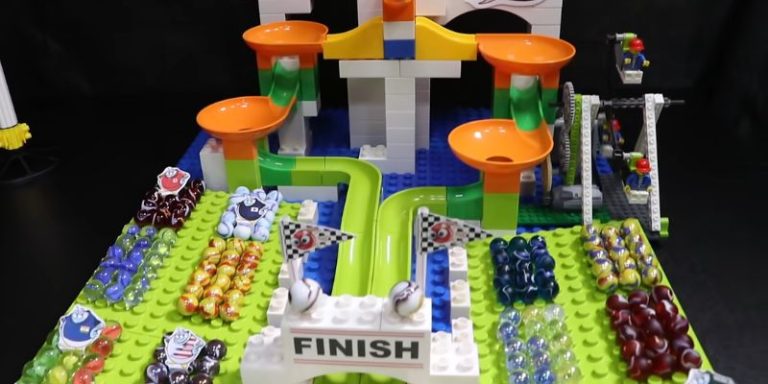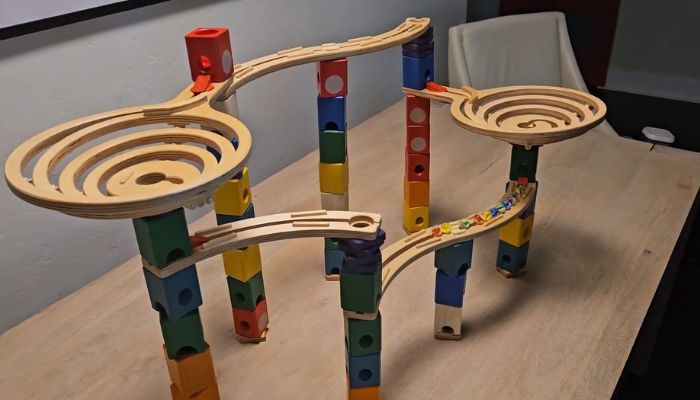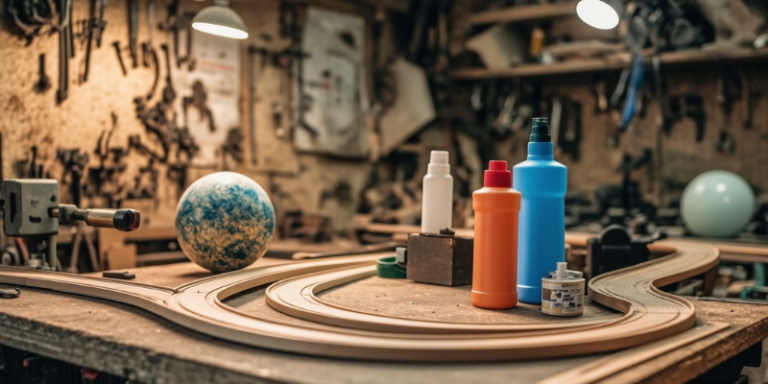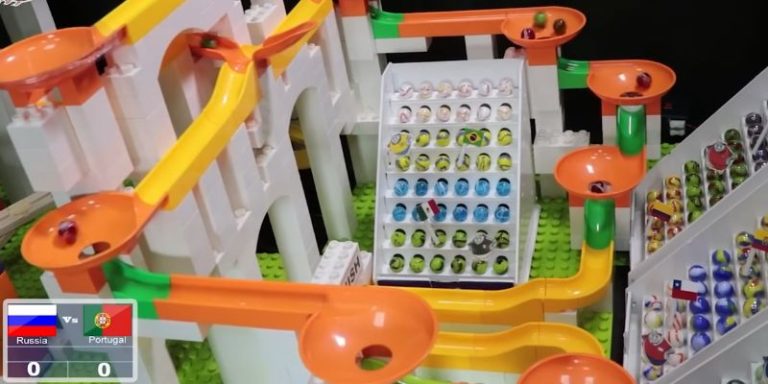Is Marble Racing a Challenge? Uncovering Its Complexity
Marble racing, often seen as a simple yet entertaining activity, is far more complex than it appears. From the design of intricate tracks to the unpredictable dynamics of races, marble racing tests creativity, precision, and problem-solving skills at every turn.
Whether you’re a casual fan or a dedicated enthusiast, Marblesport offers insights into the excitement and challenges that make this cmpetition so engaging. But is marble racing a challenge? Let’s dive into the many aspects that make it both engaging and demanding.
Designing Challenging Tracks
The essence of this racing lies in its diverse tracks, which range from simple layouts to intricate courses with technical challenges. Tracks like the Mountain Classic, inspired by Japan’s Mount Haruna, feature 27 twists, slaloms, and rotating wheels that test a marble’s precision. Best marble racing events often feature track like Fiery Pits, which adds excitement with swinging gates, elevated curves, and thwack hammers, pushing marbles to adapt to dynamic obstacles.
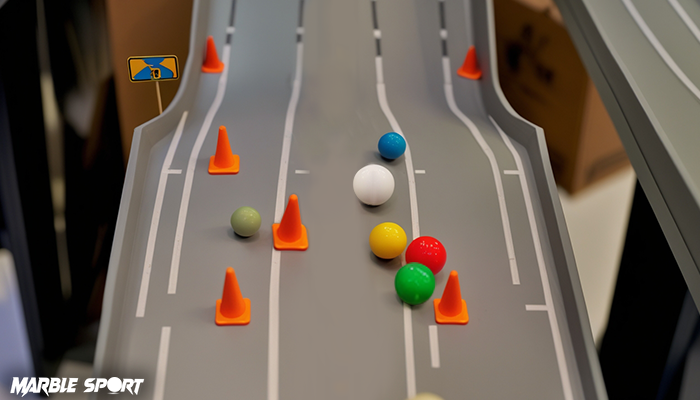
Indoor courses like the Siberian Icefield bring an icy theme to life with snowman chicanes and spinning barriers, creating a unique challenge. Designers must blend aesthetics and functionality, crafting tracks that are visually captivating and engaging for competition.
On the hand, marble racing in sand present a different kind of challenge, as shifting terrain and natural obstacles add an upredictable element to every race.
Navigating Obstacles
Marble racing is synonymous with overcoming obstacles, which make each race unpredictable and exciting. Courses often include barriers like spinning gates, rotating disks, and pendulum fields that disrupt a marble’s momentum. For example, the Pirelli Speedway challenges marbles with water wheels and reactive spinners, while the Shrubland Run tests precision with elevated curves and rotating fans.
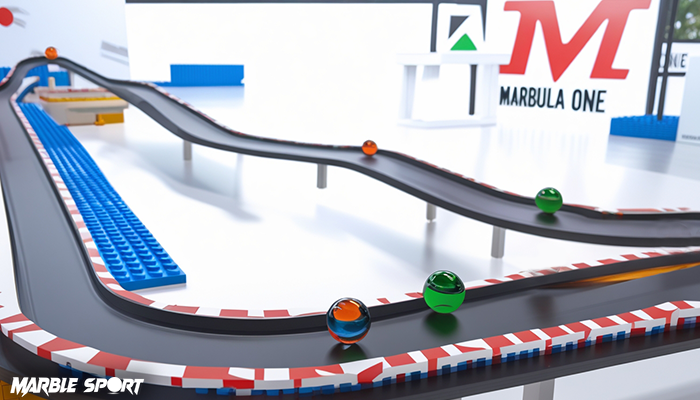
These obstacles are not just for show—they add a layer of strategy. Marbles must navigate through unpredictable movements and maintain their speed while avoiding collisions. This creates suspense and excitement, captivating both racers and spectators.
Unpredictability in Race Outcomes
Unlike traditional sports, where human skill often determines the winner, this racing introduces an element of randomness that makes predicting results a real challenge. Factors such as track design, collisions, and weight distribution can significantly influence outcomes, keeping spectators on edge.
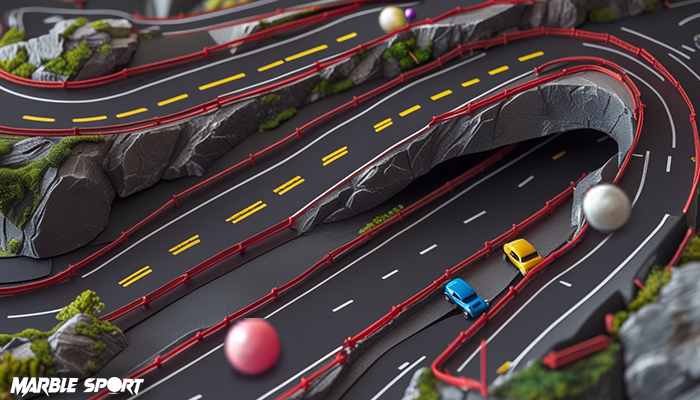
For fans, the unpredictability is part of the appeal. Analyzing past races, track layouts, and team performance becomes a strategic exercise. Even the best predictions can be overturned by an unexpected twist in the race, making marble racing a thrilling and mentally stimulating experience for viewers. The marble racing championship further elevates this unpredictability, as top-tier teams compete in high-stakes tournaments where every second counts.
Engaging Fan Participation
Marble racing also challenges fans to stay engaged and invested. Events like the Marble League encourage spectators to root for their favorite teams, analyze performance metrics, and even predict outcomes. For dedicated fans, keeping track of points, qualifiers, and standings becomes a strategic exercise.
Commentators like Greg Woods enhance this experience with professional narration, adding drama and excitement to every race. By creating a sense of competition and camaraderie, marble racing transforms into an immersive experience that captivates fans worldwide.
So, is marble racing a challenge? Absolutely. From the creative demands of track design to the strategic gameplay and mental engagement of fans, marble racing offers complexity and excitement at every turn.
FAQ about marbe racing a challenge
Is there a strategy behind watching marble races?
Yes, fans analyze past results, track layouts, and team performance to predict outcomes.
Why do people love marble racing?
It blends creativity, competition, and unpredictability into one thrilling experience.
What do Reddit users say about the difficulty of marble racing?
Many agree it's more strategic and technical than it appears, especially in track design and race prediction.
Are there Reddit communities for marble racing?
Yes, subreddits like r/MarbleRacing discuss races, share custom tracks, and post analysis.

